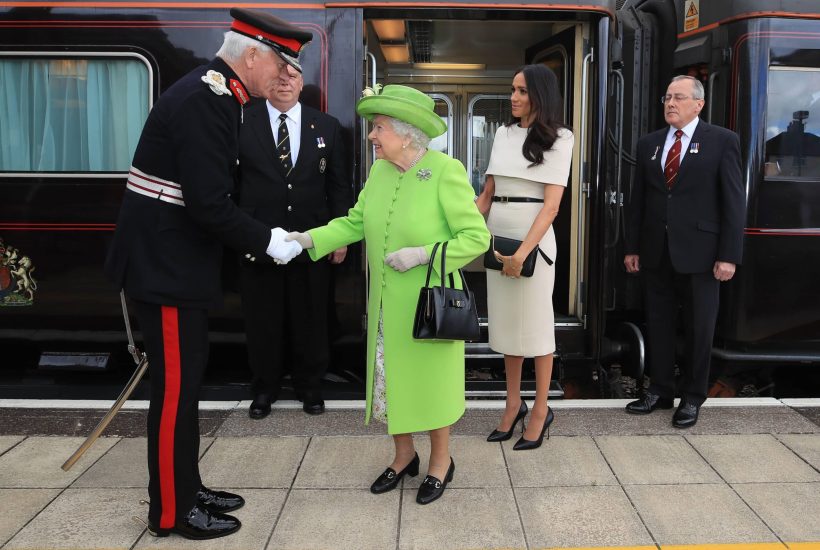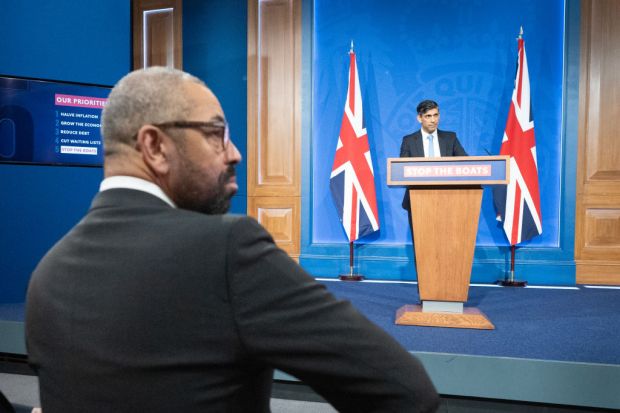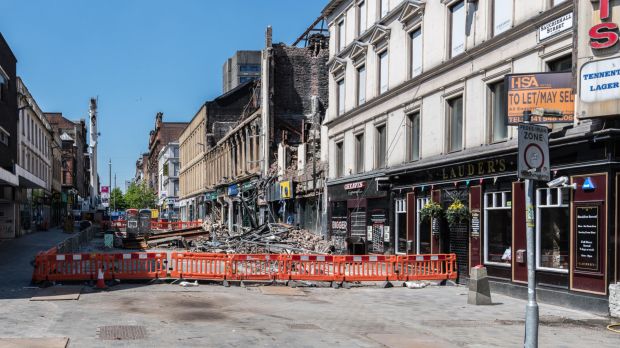The Queen loved the royal train. The Royal yacht was a luxury that was more for show than convenience but the train was a unique way for her to travel in comfort and without the hassle of flying. Modestly fitted out in a seventies vinyl panelled style with little extra decor, the Royal Train suited her unfussy taste and was easily accessible for her at Windsor. Therefore it was no surprise that the plan for a final rail journey had long been part of the London Bridge operation if she passed away in Scotland. It was envisaged that the Royal Train, which incidentally was not owned by the Queen but by the German state owned railway company DB Cargo, would be used to take her body down to London.
She would have approved of this for good reason. The origins of the concept of Royal trains stretch back to Queen Victoria for whom the Great Western Railway provided a special carriage in 1840 which, according to the company, was ‘handsomely arranged with hanging sofas of carved wood in the rich style of Louis XIV’. It took a couple of years to persuade her to use the train and only after a special roof-mounted device allowing the Queen to signal to the driver directly that she felt it was going too fast. However, as Victoria started making longer journeys, such as to and from Balmoral, she realised the train’s potential as an unprecedented way of getting around the country and showing herself to her subjects. No previous monarch had been able to be seen by so many people and this clearly added to her popularity.
That is what makes the decision to fly the Queen’s coffin between the two capitals rather than using the Royal Train, which has actually a special carriage adapted to take a coffin, so disappointing. The change in the plan, which had been clearly set out in the 2017 version of Operation London Bridge, occurred around the time of the start of the Covid shutdown. The decision, taken jointly by the Palace and the police, was apparently the result of fears that the passing of the train down the East Coast line would create unprecedented policing problems. There were not only the usual worries about security, but also concern that rail enthusiasts would impeded the train’s progress by trespassing on the tracks in order to get the best photographs. They pointed to similar issues when the Flying Scotsman steam locomotive hauls charter trains around the country with trainspotters risking life and limb to get the perfect shot. Other concerns were that the platforms would become overcrowded and even that people would wave Union Jacks that might then become entangled on the overhead electrification wires.
This, frankly, is stuff and nonsense, a mistaken overreach by the health and safety brigade. All these issues could have been dealt with by policing and adequate staffing of stations. These ‘final’ train journeys are part of a long tradition for major public figures such as King George V and Winston Churchill, and everything possible should have been done to maintain this rather special way of enabling people to make their farewells without travelling to London. It could, too, have been a useful show of the government’s serious intent on levelling up, enabling people to make their final farewells without having to travel to London.
There is a wider underlying change taking place here, too. Railways are dependent on a high level of societal track. Those tracks running through large swathes of sparsely populated countryside are ever vulnerable. It does not take much to disrupt the rail service. Even a trespasser on the line, probably with no more malicious intent than suicide, can stop trains on a mainline route. While many of us will have been on trains that grind to a halt accompanied by an announcement about people on the track, for the most part this does not happen. Nor does sabotage which, in truth, requires little more than a spanner and a crowbar, as the French Résistance demonstrated so effectively in 1944.
Now, however, the authorities are telling us they are powerless to stop such incursions and instead the whole plan for the nation’s mourning has to be changed. This should be challenged. Society may be different than when Churchill died but by and large trains can still operate safely and people behave properly. The symbol of the late monarch being taken slowly across the whole of England and part of Scotland being viewed by respectful crowds – yes waving the occasional Union Jack – would have been a memorable sight, a real show of unity at a time when it is most needed. It would have been an evocative image for our great grandchildren watching King William’s funeral.
Instead, we will view a jet taking off in the air, disappearing into the clouds, anonymous and instantly forgotten. It seems we have lost more than a monarch.
Got something to add? Join the discussion and comment below.
Get 10 issues for just $10
Subscribe to The Spectator Australia today for the next 10 magazine issues, plus full online access, for just $10.



















Comments
Don't miss out
Join the conversation with other Spectator Australia readers. Subscribe to leave a comment.
SUBSCRIBEAlready a subscriber? Log in